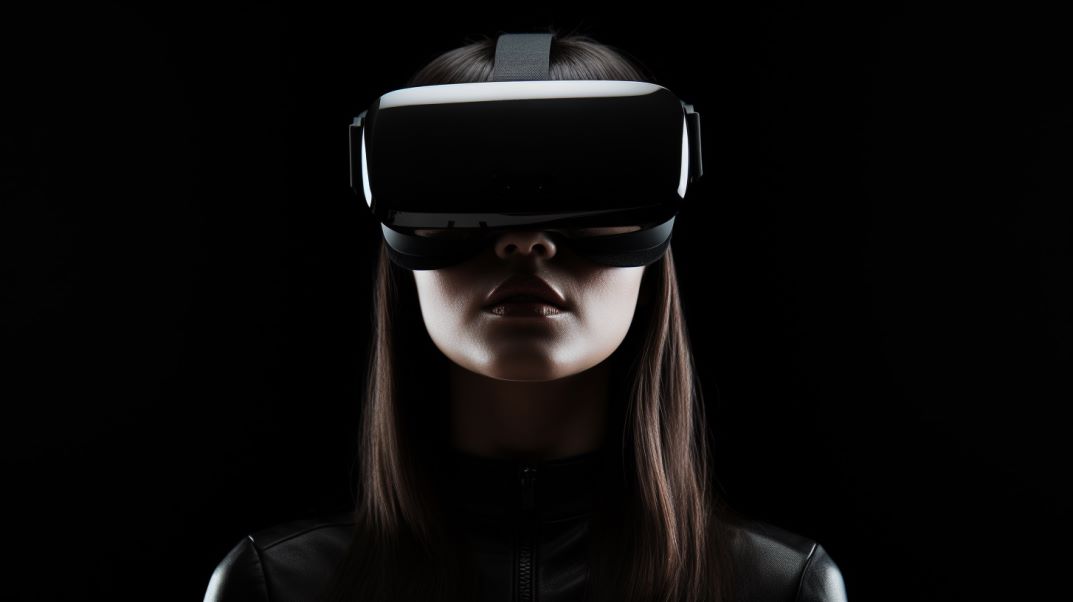Table of Contents
Virtual Reality (VR) and Augmented Reality (AR) are revolutionizing various industries, from gaming and entertainment to healthcare and education. These immersive technologies provide users with interactive experiences that bridge the gap between the physical and digital worlds.
Virtual Reality: How VR is Transforming Gaming
In recent years, Virtual Reality (VR) has completely transformed the gaming industry. By donning a VR headset, gamers are transported into a captivating 3D environment that surrounds them, creating an unparalleled sense of immersion and presence. This level of interactivity enables players to feel fully engaged in the virtual world, providing a more exhilarating and realistic gaming experience.
Moreover, VR technology has expanded the possibilities for game developers, allowing them to create innovative gameplay mechanics that take full advantage of the immersive nature of VR. From exploring fantastical worlds to engaging in intense battles, VR gaming has revolutionized how we interact with games, bringing us closer than ever to the virtual realm.
Augmented Reality in Retail: Enhancing the Shopping Experience
Augmented Reality (AR) has become an indispensable tool in the retail industry, revolutionizing the way customers experience shopping. By seamlessly blending the physical and digital worlds, AR provides a truly immersive and interactive shopping experience.
Customers can now try on clothes virtually, eliminating the need for long queues in fitting rooms or making returns. With just a smartphone or AR device, shoppers can scan products and instantly access detailed information such as customer reviews, product specifications, and styling suggestions.
This empowers customers to make more informed purchasing decisions, enhancing their overall satisfaction. The integration of AR technology not only enhances the shopping experience but also allows retailers to showcase their products in a more engaging and informative way, creating a win-win situation for both customers and businesses alike.
The Future of Education and Healthcare: Exploring the Potential of VR and AR
Virtual Reality (VR) and Augmented Reality (AR) have the potential to revolutionize education and healthcare. In the field of education, these technologies offer new and engaging ways of learning. Students can virtually explore historical sites, dive into the depths of the ocean, or even venture into outer space from the comfort of their classrooms. AR can provide real-time information and interactive elements, making learning more hands-on and immersive. In healthcare, VR and AR can have significant impacts as well. Surgeons can practice complex procedures in a safe virtual environment, reducing errors during actual surgeries. AR can assist doctors by overlaying patient information and medical images during examinations, improving diagnosis and treatment. The future holds exciting possibilities for VR and AR in enhancing education and healthcare experiences.
As we look to the future, the integration of Virtual Reality (VR) and Augmented Reality (AR) into our daily lives is set to continue transforming various industries. From gaming to retail, education to healthcare, these immersive technologies are revolutionizing the way we interact with the digital world. As we embrace these advancements, it is worth considering how VR and AR will shape our experiences and connections in an increasingly virtual world.




